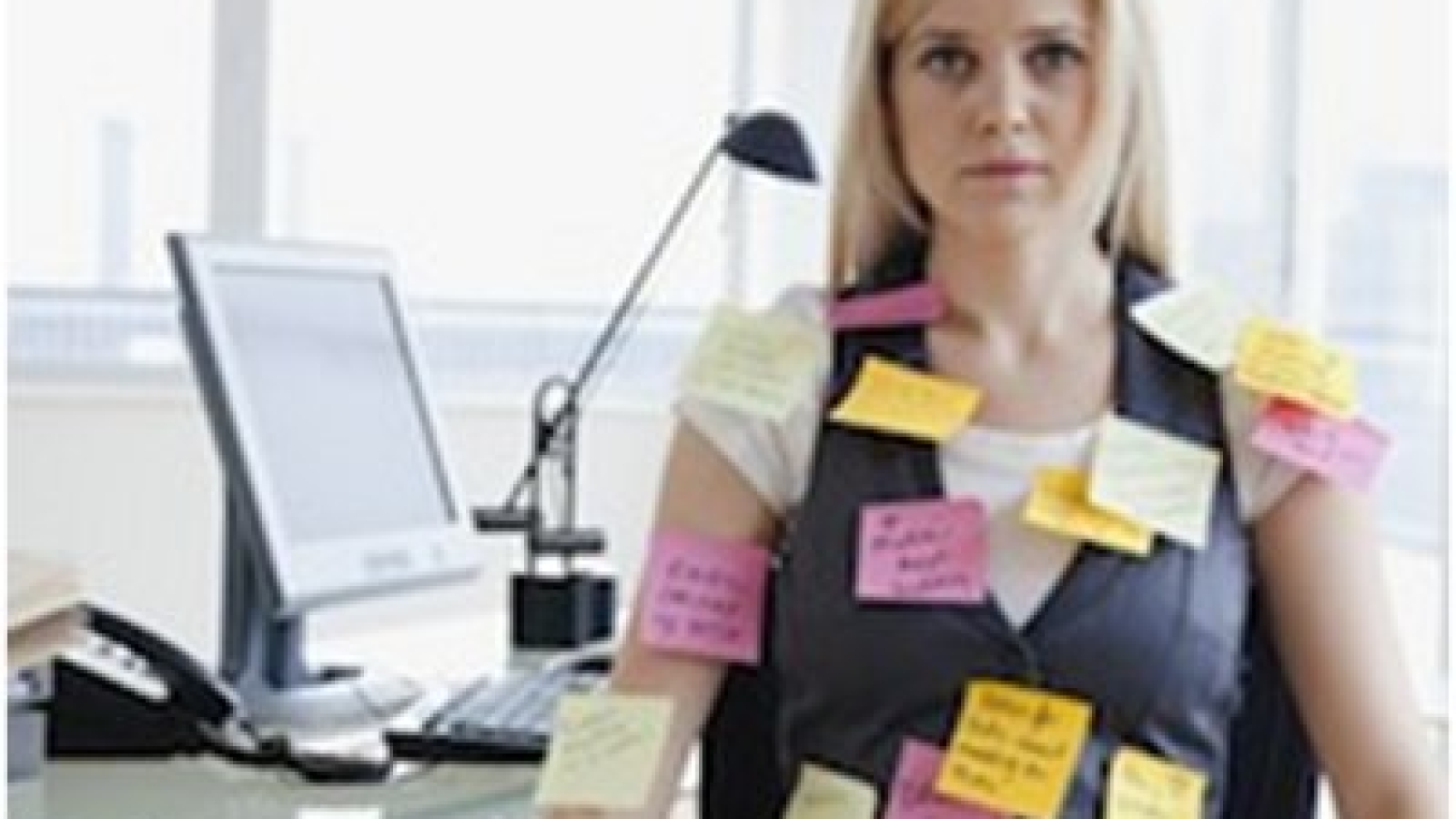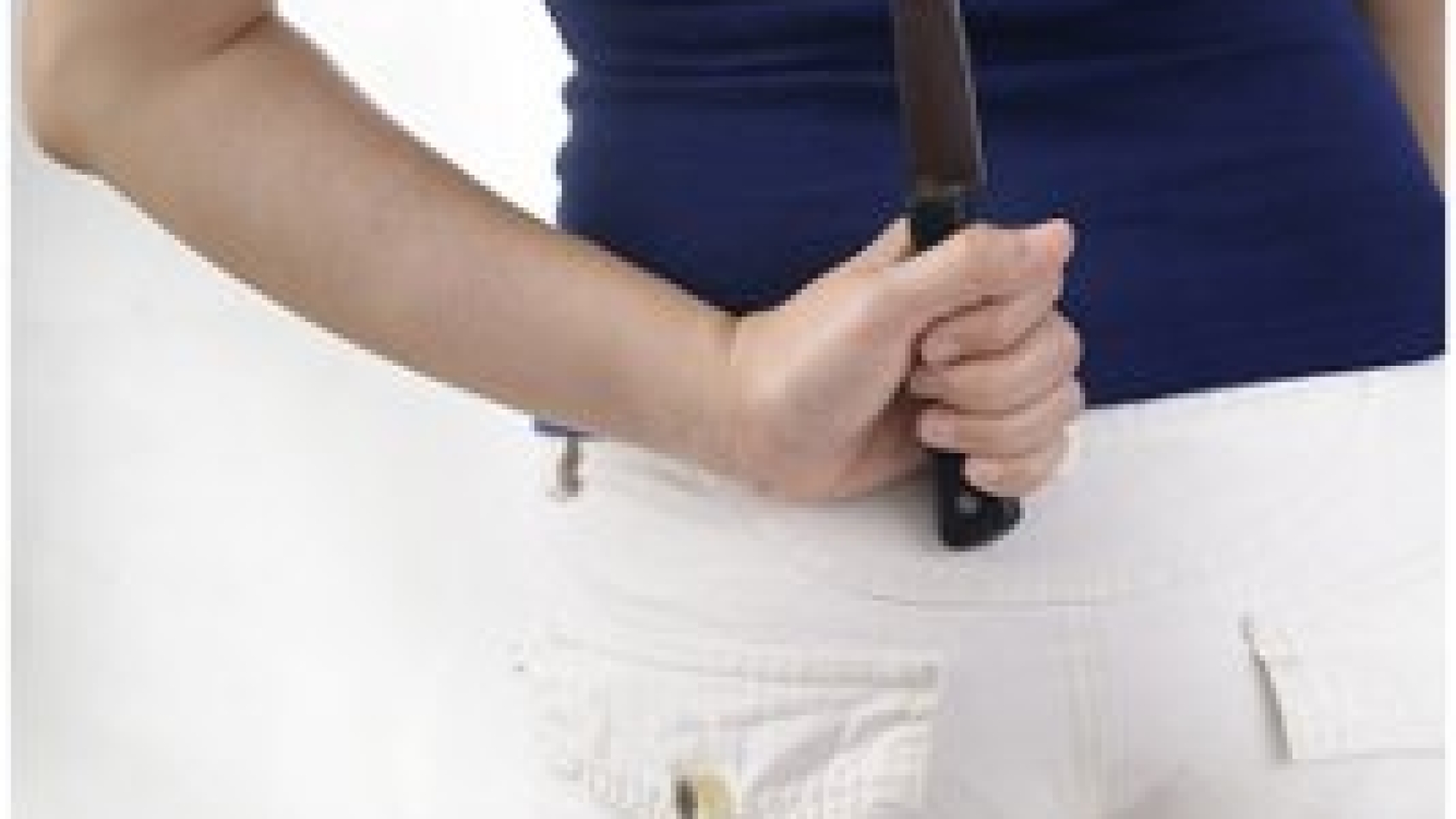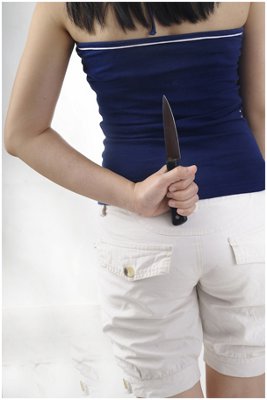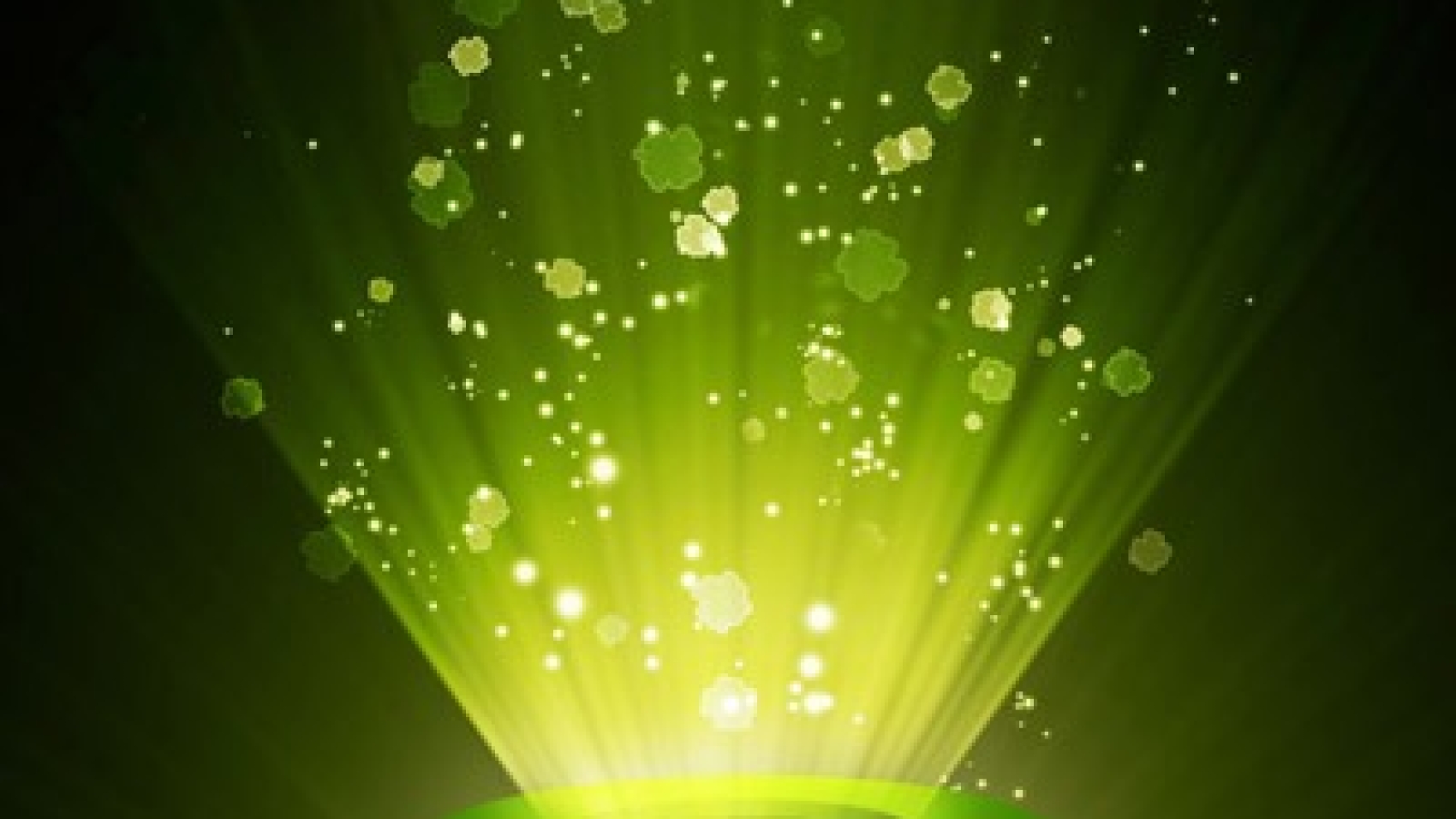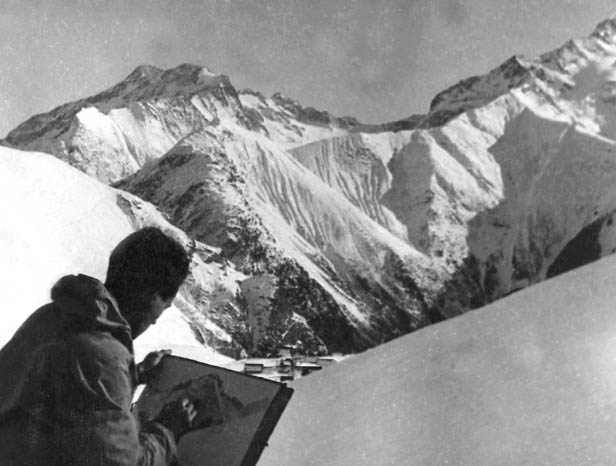
I first met my future father-in-law, Hubert, at 6:00 a.m. one beautiful July morning nearly 40 years ago when Eric, my new French boyfriend, and I arrived by train in Grenoble, France. The gallant Hubert, dapper in a three-piece suit, tie and tennis shoes (I later discovered this was somewhat of a uniform), met us at the station. We had foolishly hopped the train in the late afternoon the day before in Paris without securing seat assignments and ended up sitting in the aisle on our suitcases all night. This particular train, the “milk run,” had stopped in every nook and cranny as it meandered along toward the French Alps.
A man of education and culture, oddly enough, Hubert spoke not one word of English. I, on the other hand, spoke not one word of French and was discovering just how unhandy that was. Hubert, always courtly, bowed, kissed my hand in the old-fashioned French tradition, and immediately stole his way into my heart.
As he drove us from the station, he asked me what I wanted to do and being very young and full of energy, despite sitting up all night, I replied, “play tennis!” Despite the early hour, he took us straight to a tennis court, where I found him to be quite an accomplished player.
A designer with his own advertising firm, Hubert’s formal education had been in art and engineering. But during World War II, he had to resort to running his father’s leather business to try to make ends meet, with a wife and six hungry mouths to feed. By the time I met him, however, he was quite comfortable and he and his family divided their time between an apartment in Grenoble and a summer home in St. Ismier, a charming nearby village.
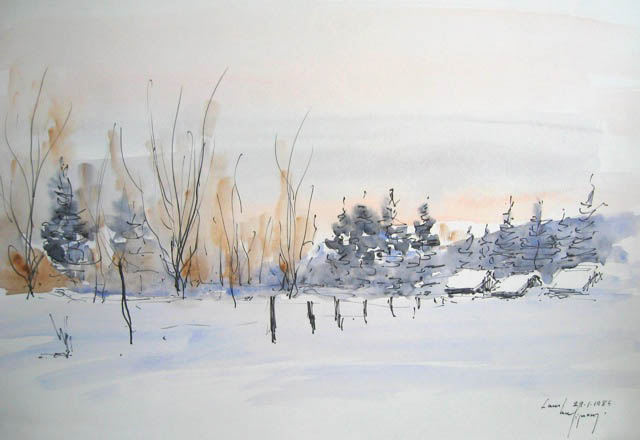
From the tennis court we headed for the summer home. You can imagine the surprise of this teenage California girl when we arrived at an enormous three-story French chateau that had once been a monastery. Formerly the chapel, a cross still hung over the claw foot tub in the bathroom, a tub so enormous it took nearly an hour to fill with water. There was only a single toilet in a dank closet for the 8-bedroom residence—indoor plumbing was unknown when the structure had been built—which was inconvenient but terribly French and picturesque. The gardens were filled with wild flowers and amazing butterflies with views of the Alps from every balcony.
Each weekday at noon, Hubert drove out from the city to the summerhouse for le déjeuner, the main meal of the day. The food was fantastique! Course after course, beginning with, for example, un pâté de foie gras, followed by a simple soupe de poisson, next the entrée, perhaps l’entrecôte picked up that morning at the local boucherie, garnished with mint and surrounded by des petites pommes de terre. We would chat and rest a bit, clear the big table where the entire family sat (all the siblings and their families would come visit in the summer), up to 25 of us at a time, and then continue with the meal, with la salade, les fromages (an entire course all of its own, with at least 6 or 8 cheeses to choose from), with une bagette from a nearby boulangerie, then les fruits, and finally, le desert, perhaps une tarte aux pommes straight out of the oven, followed by un cafe out on the terrace. I joined Hubert in the smoking of Gauloise, cigarettes so strong they made my head spin (which I was loathe to admit).
At the table, the family would speak of art and religion and politics and music and sports, especially the sports of skiing and mountain climbing, my personal favorites. After a few hours listening to la famille, I had picked up a few words and phrases and, always wanting to be part of the action, I leapt right into the lunch conversation by boldly exclaiming “comme excitée d’être en France!“ (how exciting to be in France!) Hubert and the rest of the family chuckled in amusement. I later learned that “exciter” is a verb that refers to sexual excitement, not at all the meaning I was trying to convey.

On the weekends, my father-in-law would paint. A gifted water colorist, Hubert could knock out one amazing watercolor after another in less than an hour. It was breathtaking to watch. He could have had a career as an artist, but he treated it more like a hobby, perhaps fearing it would not have been stable enough income for a man with so many children. I attended shows of his work in France and realized that he had quite a gift. And his artistic talents did not end there: he was also a sculptor and a musician, playing an ancient instrument that predated the violin.
We made annual treks to visit la famille every year, and each time my French would improve. A frantically busy lawyer and sports enthusiast at home in the US in those early, heady days of marriage, I never could seem to find the time to make a proper study of the language. Each time we returned to France, it was a shock stepping off the plane in Paris and suddenly switching into this very foreign language. My French husband, otherwise quite pliable, refused to speak more than one language at a time (either English or French, but never the twain shall meet) so I was totally on my own once the plane had landed. Accents are easy for me to imitate, so I sound great but often don’t have a clue what I’m saying or what is being said to me. Many was the time I thought we were heading for le club but would find myself instead at le cathedral!
Hubert and my mother-in-law visited us in the U.S. every year. This was quite a shock to a young American bride, not accustomed to regular month-long family visits, a European tradition. My in-laws were intrepid travelers, ready to follow us to the base of our frequent mountain climbs. Hubert was always game for hiking the highest mountain or heading out on the longest bike ride, even well into his early 90’s. On one memorable trip, we had stopped for gas early on in the 5-hour trip, and when we arrived home, our beloved dog, Dolly, was missing from the car. Hubert had let her out of the car at the gas station, then forgotten to put her back in—one of the many cultural differences I encountered over the years. It was a long drive back to pick up a very small dog.
On one of his many visits to the U.S., when Hubert was in his 80’s, I was studying with a spiritual teacher who lived about an hour away from our home. One day, I invited him to go with me and I recall his utter surprise to find that she, in her 90’s, was even older than he. He was totally game for almost anything intellectual and loved having a long discussion about spirituality. And though I had learned passable French in the meantime, sufficient for day-to-day conversation, I wasn’t ever really able to converse at his more philosophical level. Even so, Hubert was always delighted to see me and easy to have around. He had been very stern with his own children in their youth, as was the tradition of his time, but age had softened him considerably.

In fact, during Hubert’s last ten years he changed a lot. Very much like the four stages of life as described in Hinduism—the student, the householder, the retired person, and finally the ascetic—Hubert entered the fourth stage and became the ascetic. After 65 years of marriage, his wife died. They had long ago sold the magnificent summerhouse, the apartment in Cannes, the grand apartment in Grenoble, and, in the European tradition, lived frugally on the proceeds, never adopting our American more profligate, spendthrift ways. Hubert, not wanting to be encumbered by possessions in his final years, ultimately gave away the last few possessions he owned—his watercolors, his sculptors, his furniture—and moved into a monastic setting, a home for retired priests. He even gave up the Catholic guilt that had caused him so much unhappiness in life. His prolific letters, always poetic and philosophical, became even more focused on the meaning of life.
He got more real—the courtly manners, which had often disguised his real emotions, no longer hid anything. Rather than medicate himself in his final years, as we are inclined, he stayed as aware as possible, even after he fell off his bike at 90 and needed a hip replacement. He cheerfully spoke of being ready to die and did so yesterday, just a few hours shy of his 95th birthday. He was a shining example of the spiritual resurgence that can come towards the end of life.
Adieu Hubert.
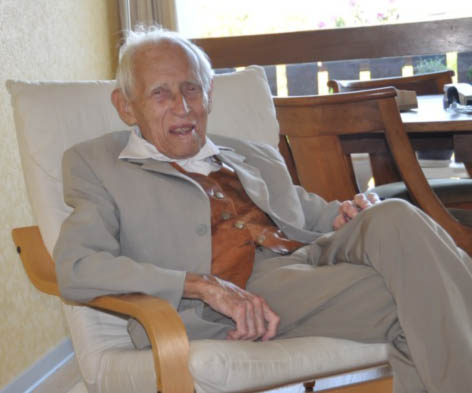


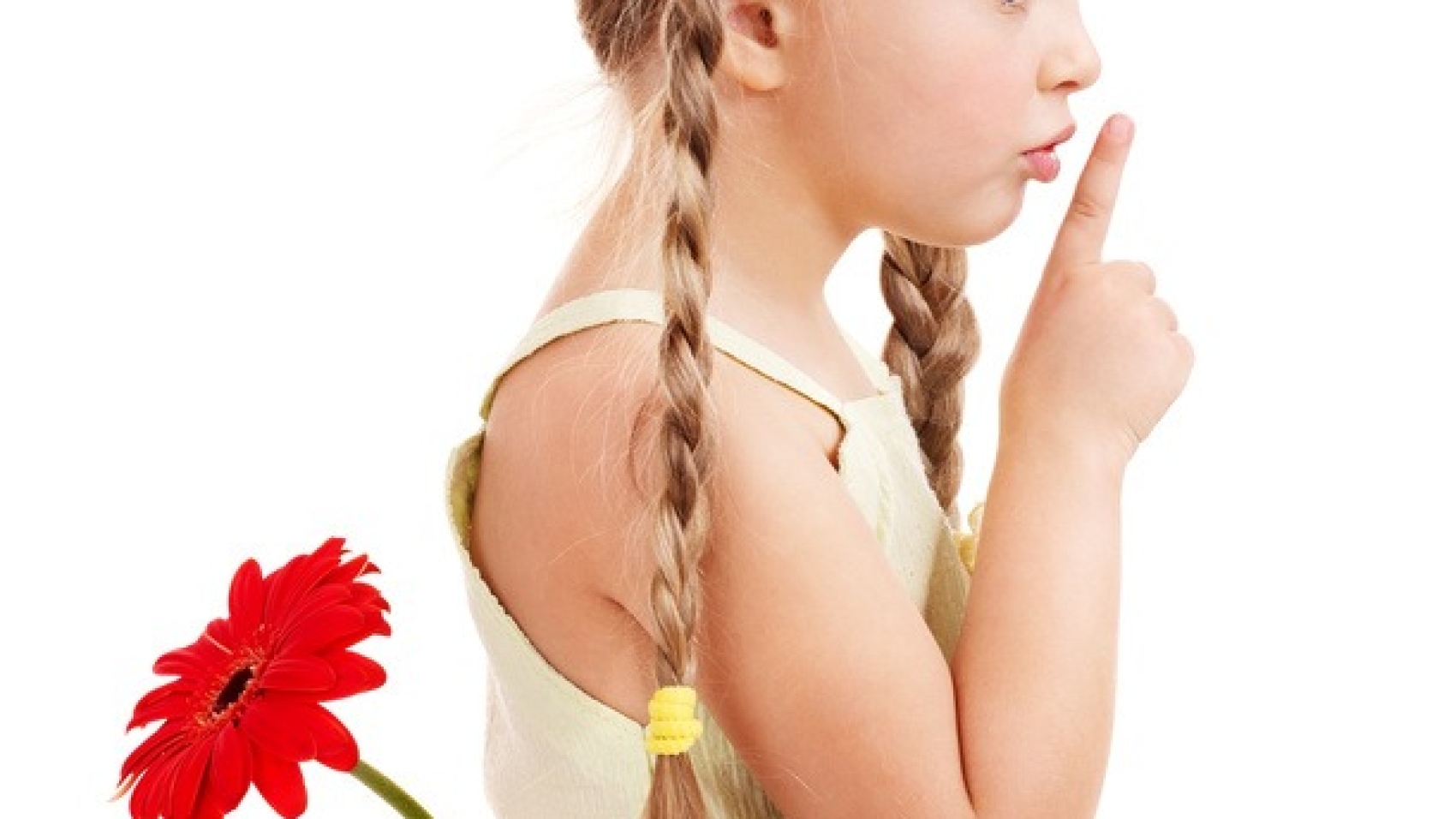
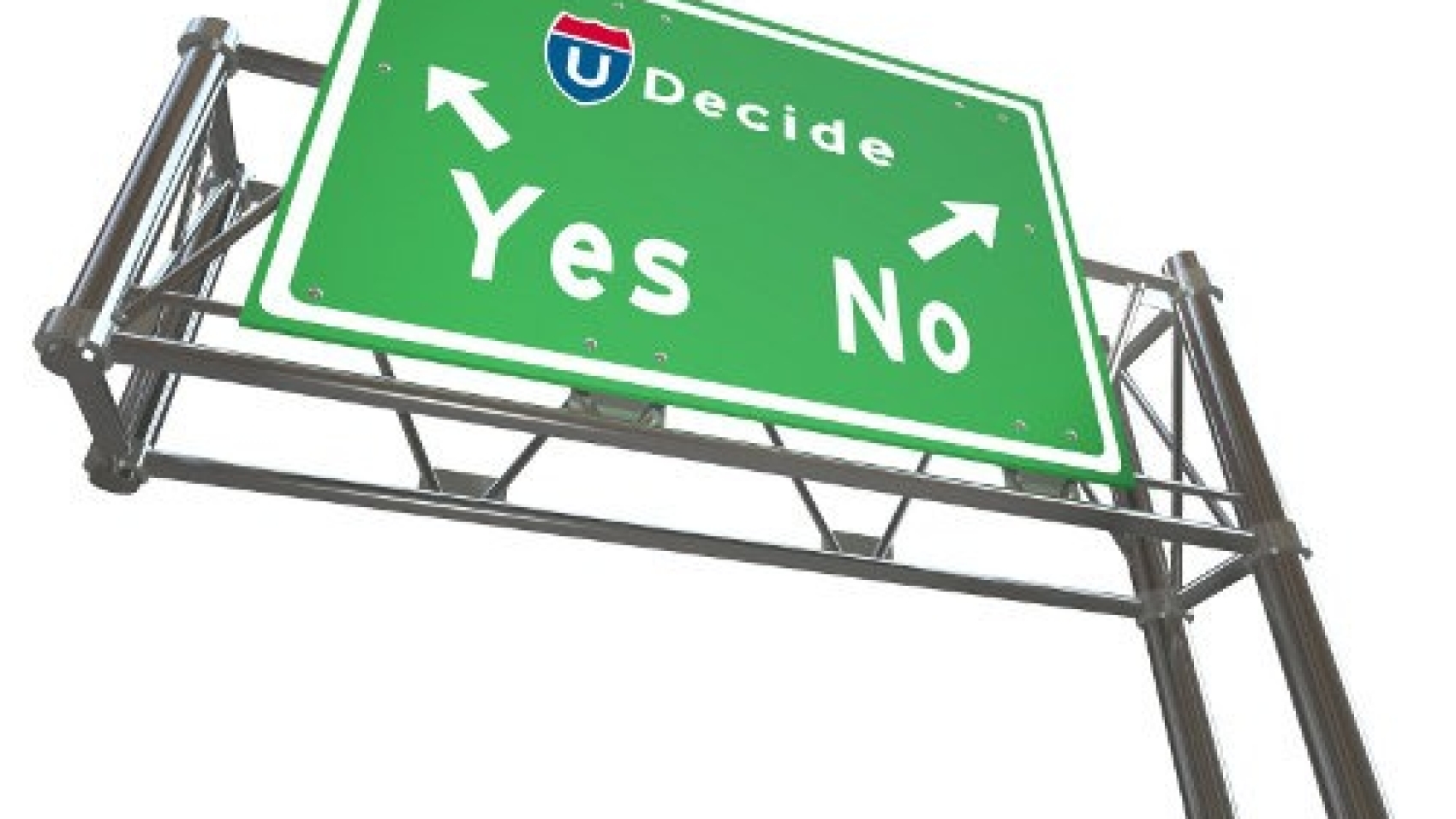
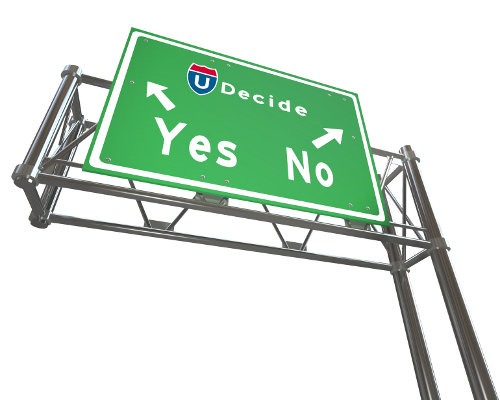







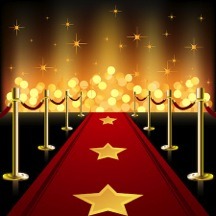






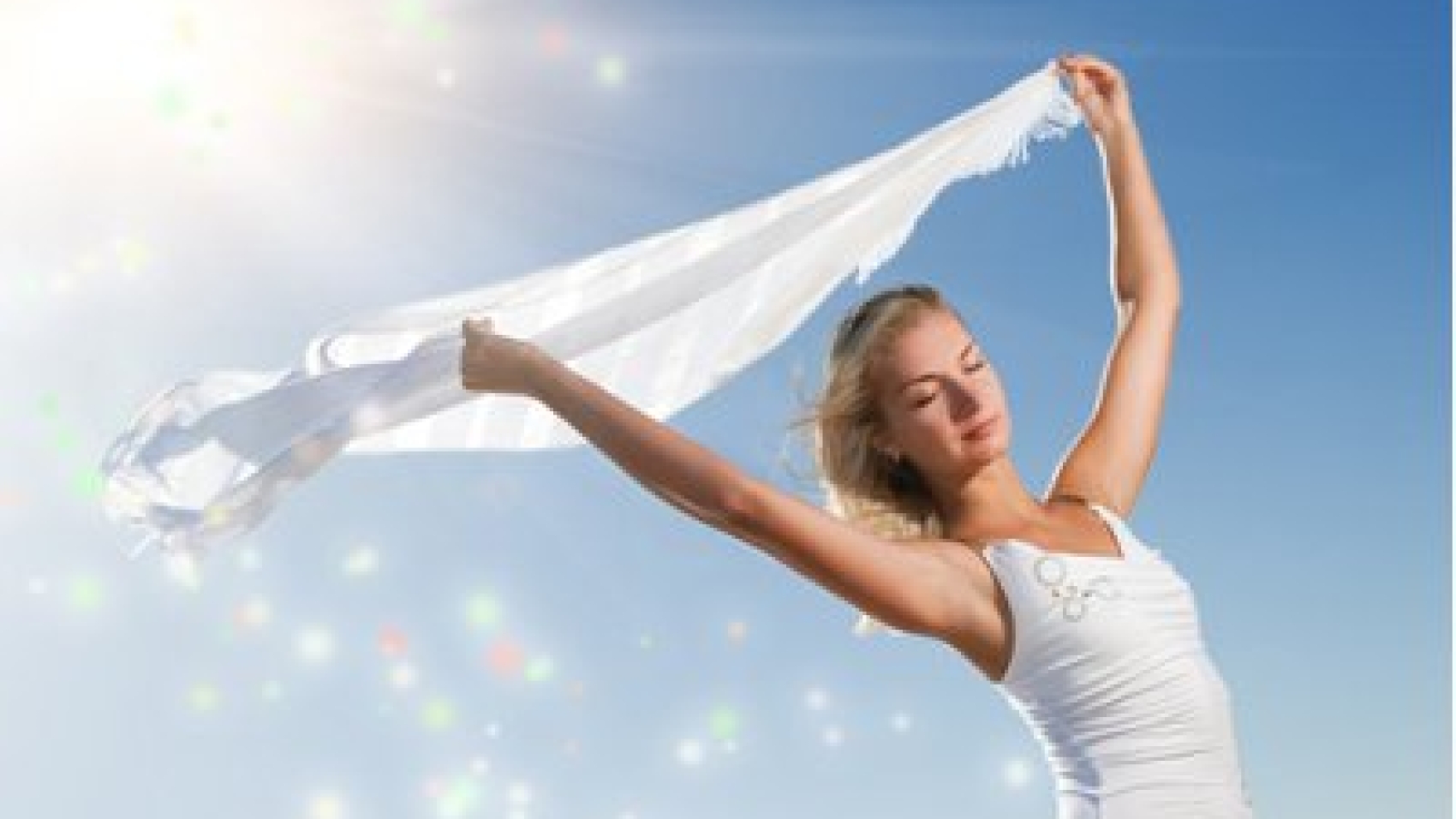
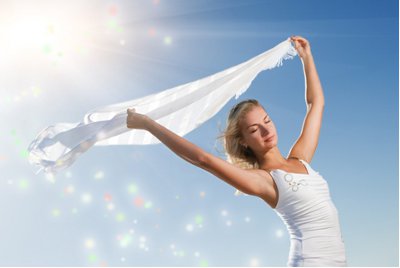

 You’re sitting outside on a beautiful summer day, sipping your iced green tea and reading the latest celebrity gossip when some lunkhead trips and spills his double espresso all over your white skirt. You jump up and start screaming at him at the top of your lungs.
You’re sitting outside on a beautiful summer day, sipping your iced green tea and reading the latest celebrity gossip when some lunkhead trips and spills his double espresso all over your white skirt. You jump up and start screaming at him at the top of your lungs.

